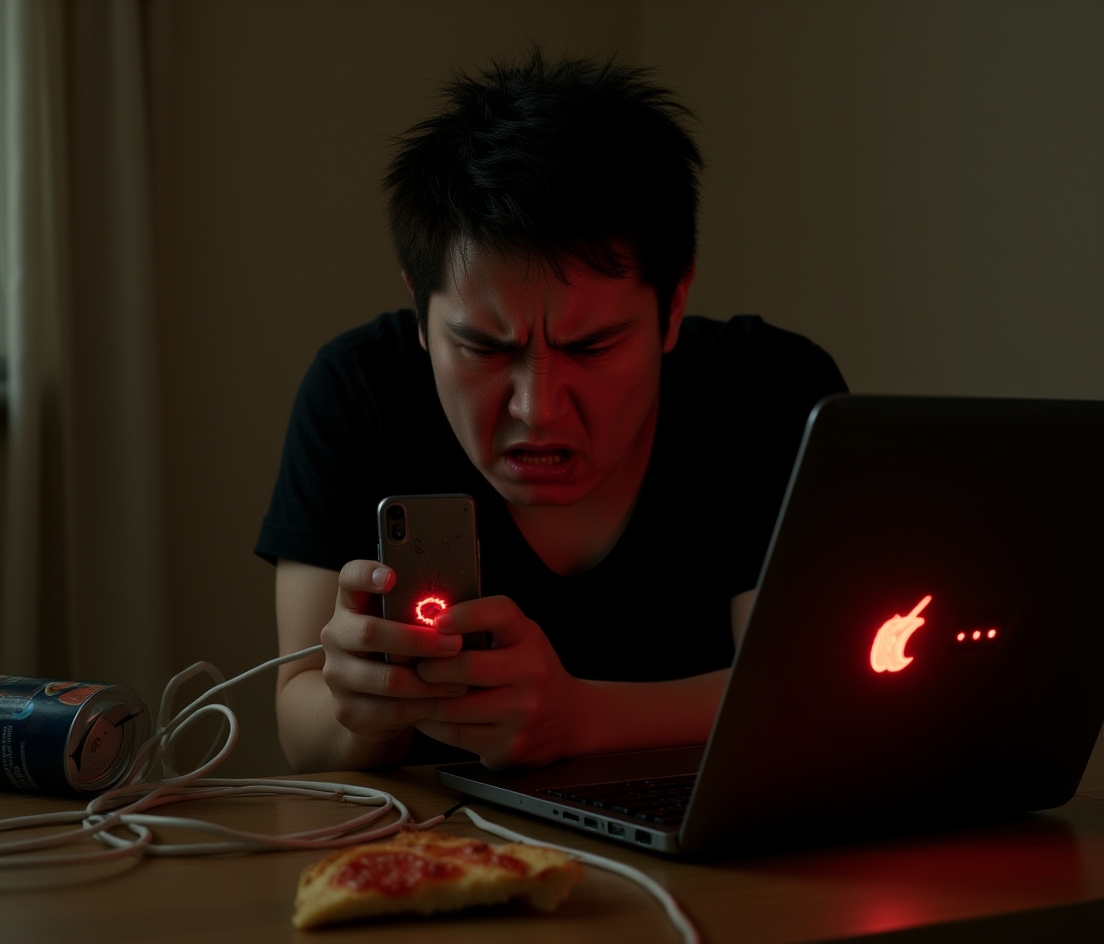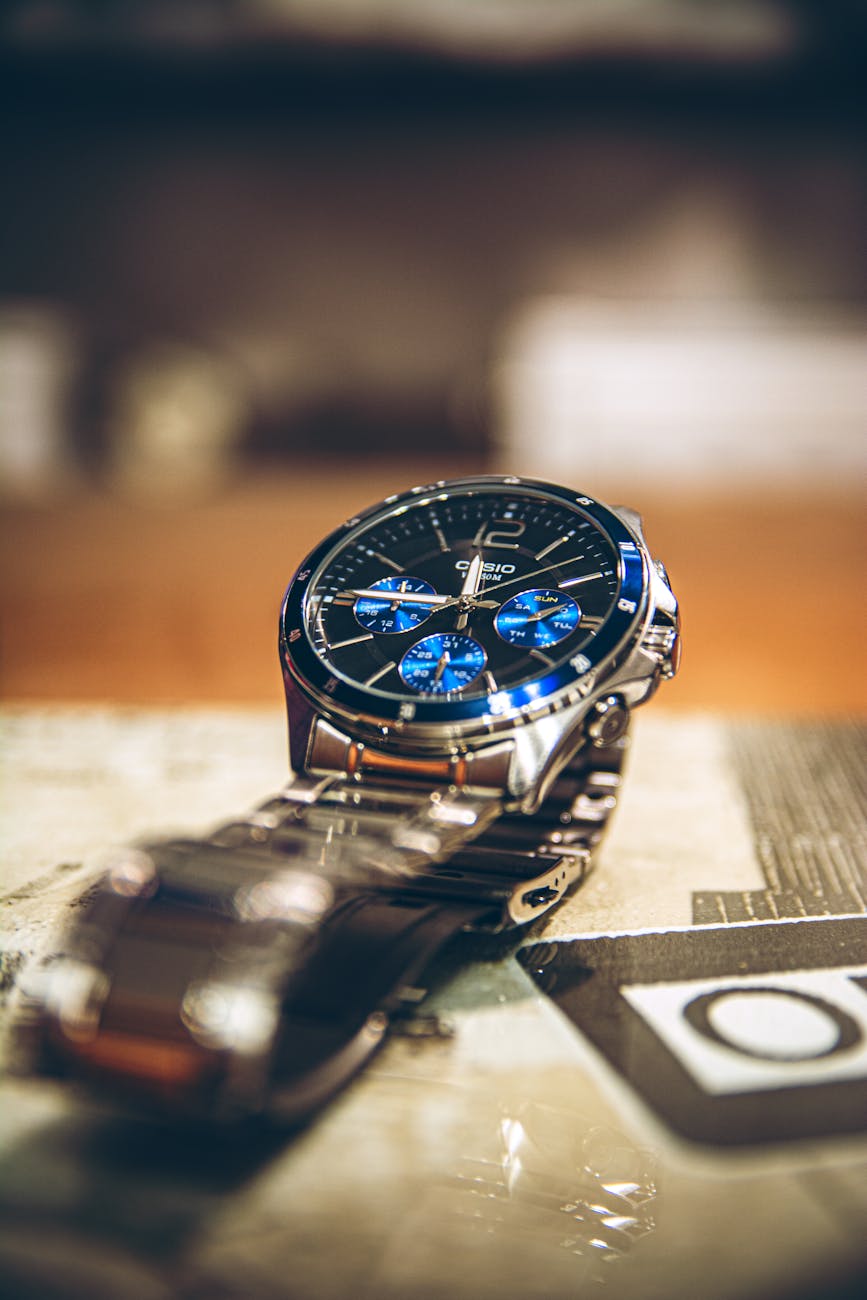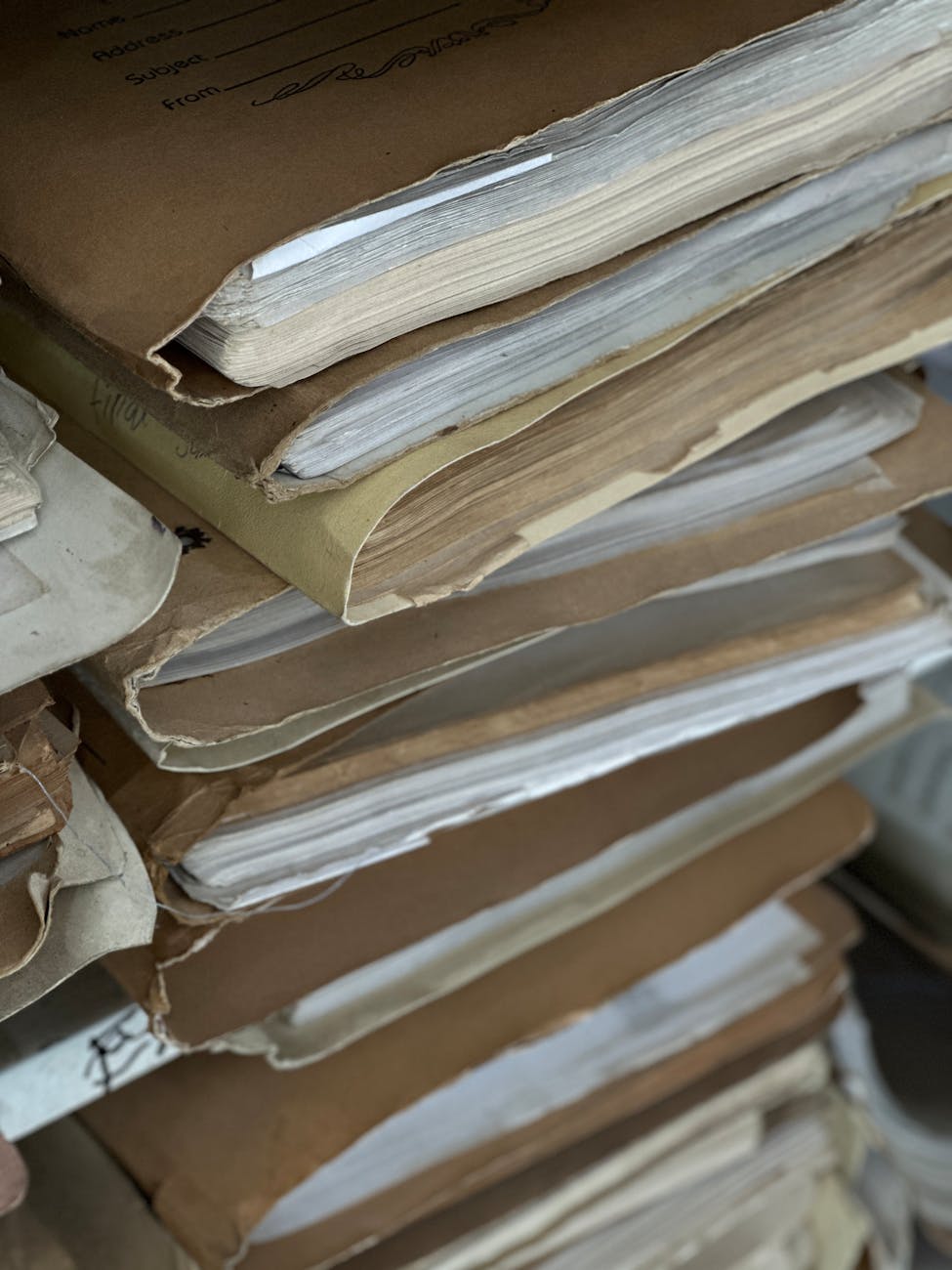Well despite all the things going on, I’ve been working through scanning old images. Been using an iMac with Vuescan 64-bit for Snow Leopard. And an old Minolta DiImage Elite 5400. Lots of settings for vuescan for this thing, so here are some notes on usage. Also see Robert Feinman’s notes
- It is hard to tell which side is up, but after some experiments, you want the shiny side of the negative up and then the number edge toward the top where the numbers are.
- If you want to set everything on every slide to the same, then you can click All Frames in each tab. This resets everything. Be careful though as usually, you just click All frames when you want to do a reset otherwise, you muck up everything even for frames you don’t see.
In the Input tab,
- I set the Scan resolution at 5400 dpi. There are a bunch of settings, but since this is archiving, figured want the most resolution.
- Autoskew is set to on, this automatically tries to make the negatives straight. I don’t know if it works, but seems to help
- Autofocus I set to Always so the thing always tries to focus
- Number of samples, I set to 2 for things taken with an instamatic camera and 8 for things taken with a nice SLR. This means you scan the same image and it averages the values
- Grain dissolver I set to on, this means the Minolta uses a softer light on the image. Most folks say that this works better
- Multi exposure I set to on so that it theoretically gets higher dynamic range by turning the light in the scanner higher and lower
On the crop tab
- I set it to Auto with auto offset. I actually find it better to do a preview first and then set crop size because the automatic function doesn’t seem to work well
In the Filter tab
- I set infrared clean to medium
- Grain reduction to medium.
- Since these are not great photos typically, I also set sharpen on.
- I then in preview experient with restore colors. This basically let’s the program set the red, green and blue levels independently. Sometimes after the preview, the colors are just completely off, but clicking and unclicking this seem to fix it
- For older photos, I click on restore fading which basically gives the photo a red cast as older 35mm film tends to become bluer over time.
For the Color tab
- I set the color balance to White balance which confusingly really means automatic
- Black point i leavde at 0%, but white point I normally set at 0.1% rather than 1% so there is less white “crush”
- I normally leave the defaults and set the negative vendor to Generic, brand to color and negative type to negative.
- The color spaces are confusing, but I normally set Printer color space to Adobe RGB, Scanner and film color space to built-in
- Output space I set to Adobe RGB which is a 8-bit per color space. If I really want lots of color, I set it to ProPhoto RGB which is 16-bit per color space. The photo size then normally balloons from 6-10MB to more like 20-40MB, so I normally don’t do this given the photos are of low quality.
- If the colors look a bit wierd on preview, then I change the Brightness red, green and blue to get the right cast using the View Color RGB histogram to see what is going on
For Output, I set
- the printed size to scan size
- I set auto file name
- I normally just produce JPEG file and not TIFF because TIFF files are truly large. Up to 200MB per image at 5400 dpi
- I set JPEG quality to 95%
- Set JPEG profile on, so get information on that.






